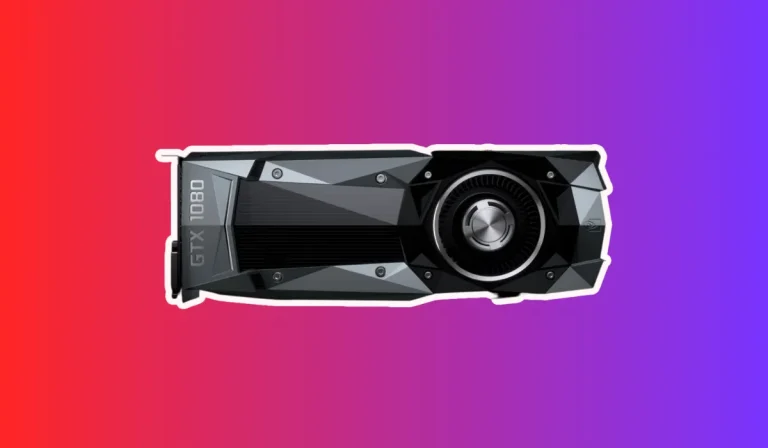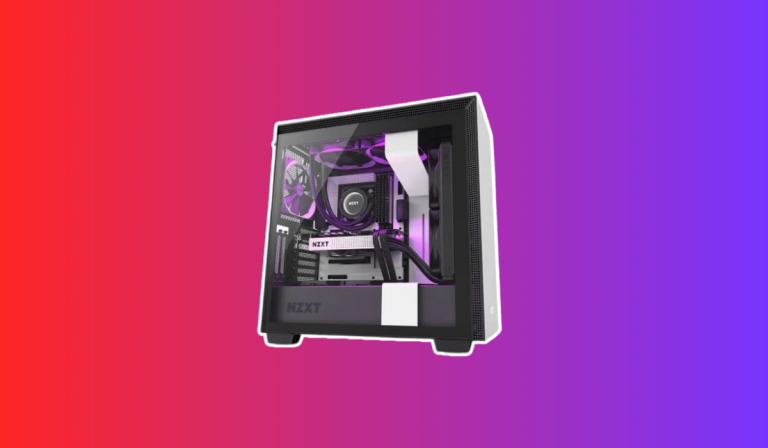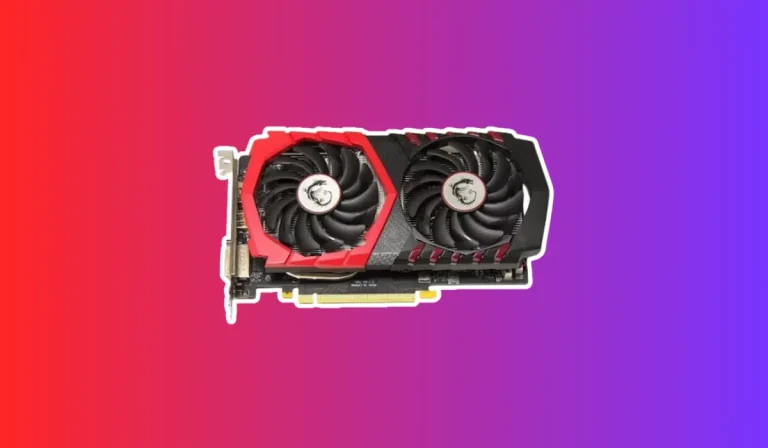Can more than one SSD be put in the same motherboard?
Are you tired of running out of storage space on your computer? Do you wish there was a way to connect multiple SSDs to your motherboard for increased capacity and performance? You’re in luck! In this blog post, we will explore the world of SSDs and their importance in modern computer systems, as well as the growing need for connecting multiple SSDs.
Connecting Multiple SSDs via SATA
When it comes to connecting multiple SSDs to the same motherboard, one common method is through the use of SATA (Serial ATA) connections. SATA is a widely used interface for connecting storage devices like SSDs to motherboards.
To connect multiple SSDs via SATA, you will need to ensure that your motherboard has multiple SATA ports available. Most modern motherboards come equipped with multiple SATA ports, allowing you to connect multiple SSDs simultaneously.
Here’s a step-by-step guide on how to connect multiple SSDs via SATA
1. Identify the available SATA ports on your motherboard. These ports are usually located near the edge of the motherboard and can be easily identified by their L-shaped connectors.
2. Connect one end of a SATA cable to the SATA port on your motherboard and the other end to the SATA connector on the SSD. Repeat this step for each SSD you want to connect.
3. Once all the SSDs are connected, ensure that the SATA cables are securely plugged in. You can gently push them in to ensure a proper connection.
4. Power on your computer and enter the BIOS settings. Verify that all the SSDs are detected by the system. If any SSD is not recognized, double-check the connections and make sure they are properly seated.
Utilizing M.2 Slots for Multiple SSDs
Another method for connecting multiple SSDs to the same motherboard is by utilizing M.2 slots. M.2 slots are small, compact slots on the motherboard specifically designed for connecting SSDs. Let’s explore how you can make use of M.2 slots to connect multiple SSDs.
To utilize M.2 slots for multiple SSDs, you need to ensure that your motherboard has multiple M.2 slots available. Not all motherboards have multiple M.2 slots, so it’s important to check the specifications of your motherboard beforehand.
Here’s a step-by-step guide on how to connect multiple SSDs using M.2 slots
1. Identify the available M.2 slots on your motherboard. These slots are typically labeled and can be found near the CPU socket or along the edge of the motherboard.
2. Determine the M.2 key type supported by your motherboard. M.2 SSDs come in different key types (e.g., B key, M key, or both), and it’s crucial to ensure compatibility between the key type of the SSD and the M.2 slot on the motherboard.
3. Install the M.2 SSD into the M.2 slot. Gently insert the SSD into the slot at a slight angle and then press it down until it is firmly seated. Some M.2 slots may require a screw to secure the SSD in place, so make sure to check your motherboard’s instructions.
4. Repeat the above steps for each additional SSD you want to connect. If your motherboard has multiple M.2 slots, you can install multiple SSDs by following the same process.
Expanding with PCIe Adapters
If your motherboard does not have available SATA or M.2 slots for connecting multiple SSDs, don’t worry! You can still expand your storage capacity by utilizing PCIe (Peripheral Component Interconnect Express) adapters. PCIe adapters allow you to connect additional SSDs to your motherboard through the PCIe slots.
To expand with PCIe adapters, follow these steps
1. Identify the available PCIe slots on your motherboard. These slots are longer and usually located near the bottom of the motherboard. Make sure you have a free PCIe slot to accommodate the adapter.
2. Purchase a compatible PCIe adapter. There are various types of PCIe adapters available, such as PCIe x1, PCIe x4, or PCIe x16. Choose an adapter that suits your needs and is compatible with your motherboard.
3. Install the PCIe adapter into the free PCIe slot. Gently insert the adapter into the slot, making sure it is securely seated. Some adapters may require additional screws for proper installation, so consult the adapter’s instructions if needed.
4. Connect the SSD to the PCIe adapter. Depending on the type of adapter, you may need to use a SATA or M.2 connector to connect the SSD. Follow the adapter’s instructions for proper connection.
FAQ’s
1. Can I install multiple SSDs on a motherboard that only has one SATA port?
No, you cannot directly connect multiple SSDs to a motherboard with only one SATA port. Each SSD requires a separate SATA connection. However, you can use a SATA expansion card or PCIe adapter to add more SATA ports and connect multiple SSDs.
2. Can I connect multiple M.2 SSDs to any motherboard with M.2 slots?
Not necessarily. M.2 slots on motherboards support different key types, such as B key, M key, or both. You need to ensure compatibility between the key type of the SSD and the M.2 slot on the motherboard.
3. Is it possible to connect multiple SSDs to a motherboard that doesn’t have any available SATA or M.2 slots?
Yes, it is possible. You can utilize PCIe adapters to connect additional SSDs via the PCIe slots on the motherboard. However, you need to ensure compatibility between the adapter and the motherboard and consider the power requirements of the additional SSDs.
4. Will connecting multiple SSDs via SATA or M.2 slots affect their performance?
Connecting multiple SSDs via SATA or M.2 slots will not directly affect their performance. However, if multiple SSDs are sharing the same SATA controller or M.2 bus, it may lead to bandwidth limitations and potentially impact overall performance. It’s recommended to consult the motherboard’s specifications to understand any performance implications.
5. Can I mix different brands or models of SSDs when connecting multiple SSDs to the same motherboard?
Yes, you can mix different brands or models of SSDs when connecting them to the same motherboard.
Conclusion
When it comes to connecting multiple SSDs to the same motherboard, it’s crucial to understand motherboard compatibility and consider the benefits and limitations. Whether you utilize SATA ports, M.2 slots, or PCIe adapters, ensuring compatibility between the SSDs and the motherboard is key.
Additionally, it’s important to consider factors such as power requirements and potential performance implications. By following these guidelines, you can effectively expand your storage capacity and enjoy the benefits of faster data transfer speeds.




